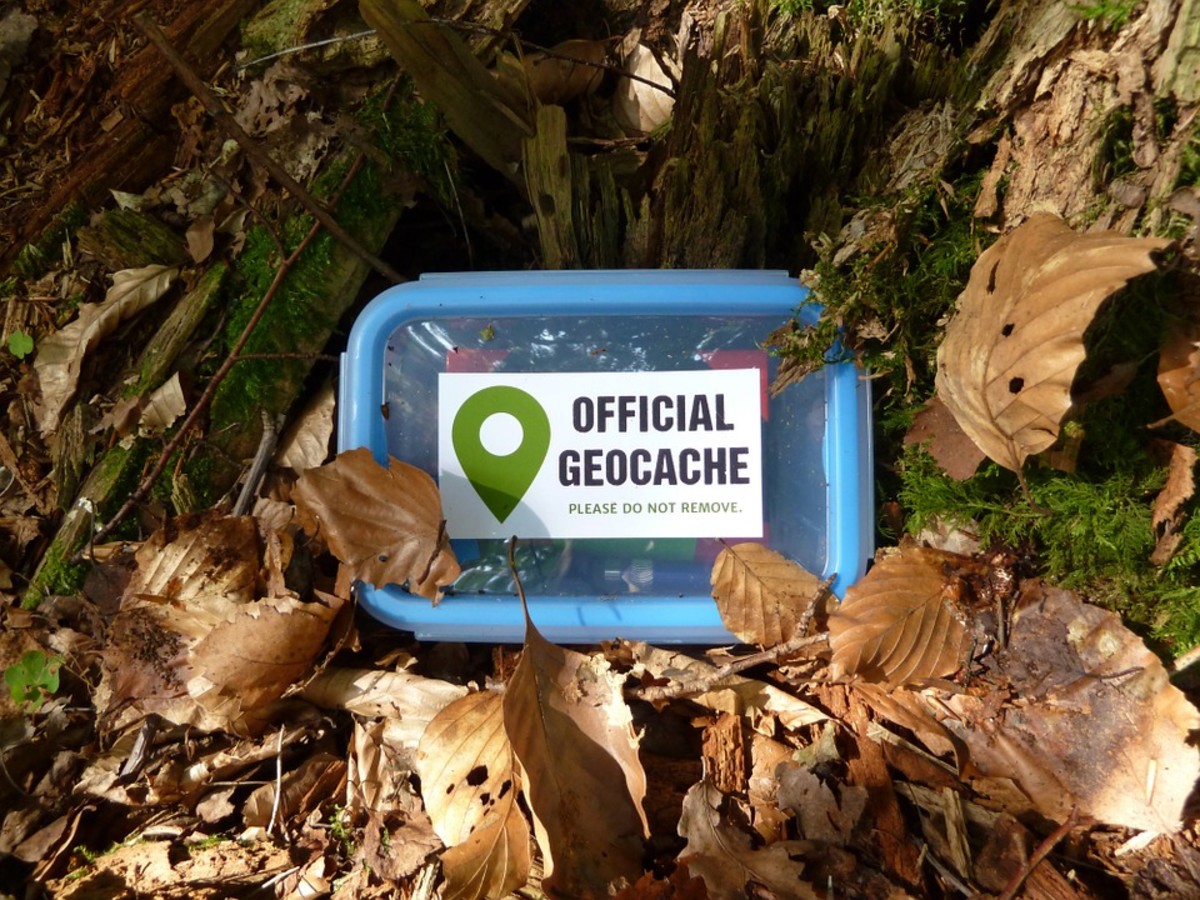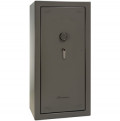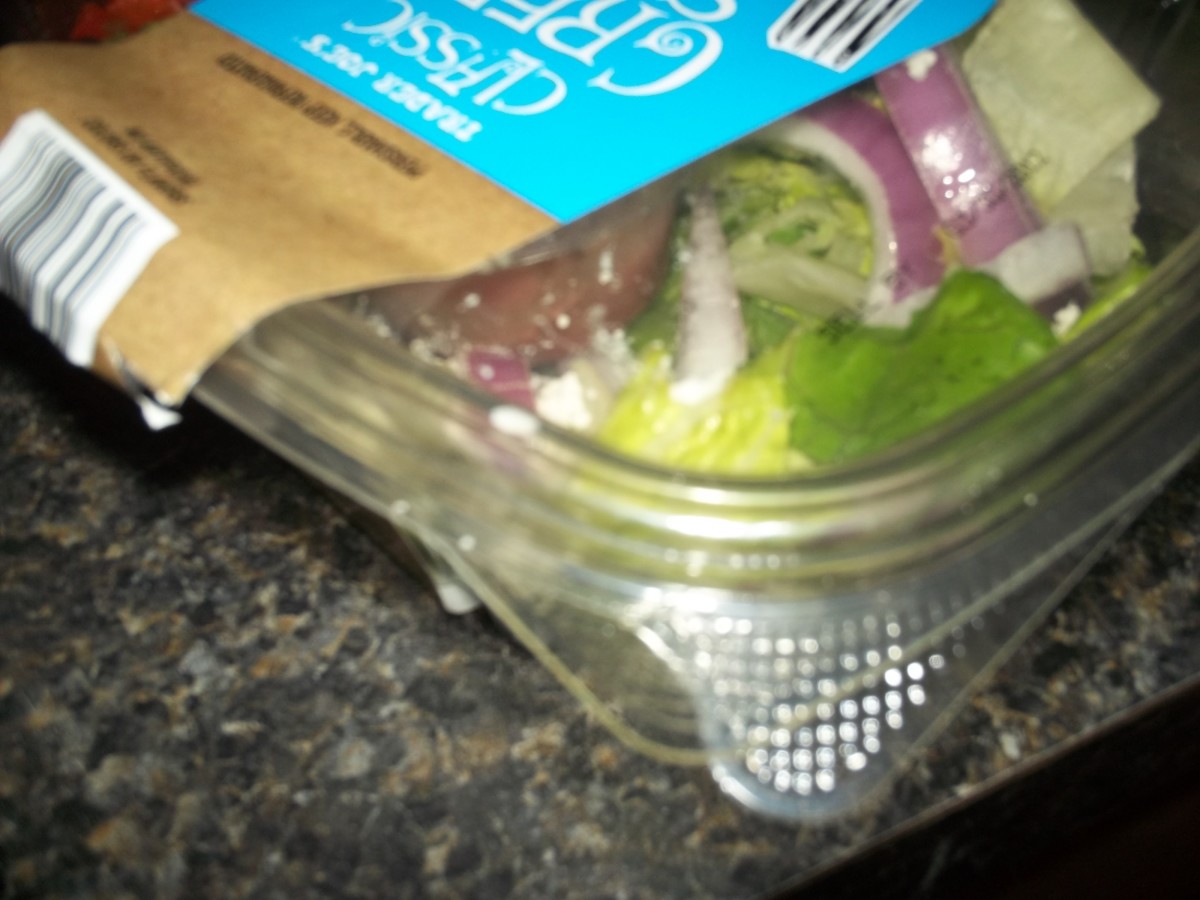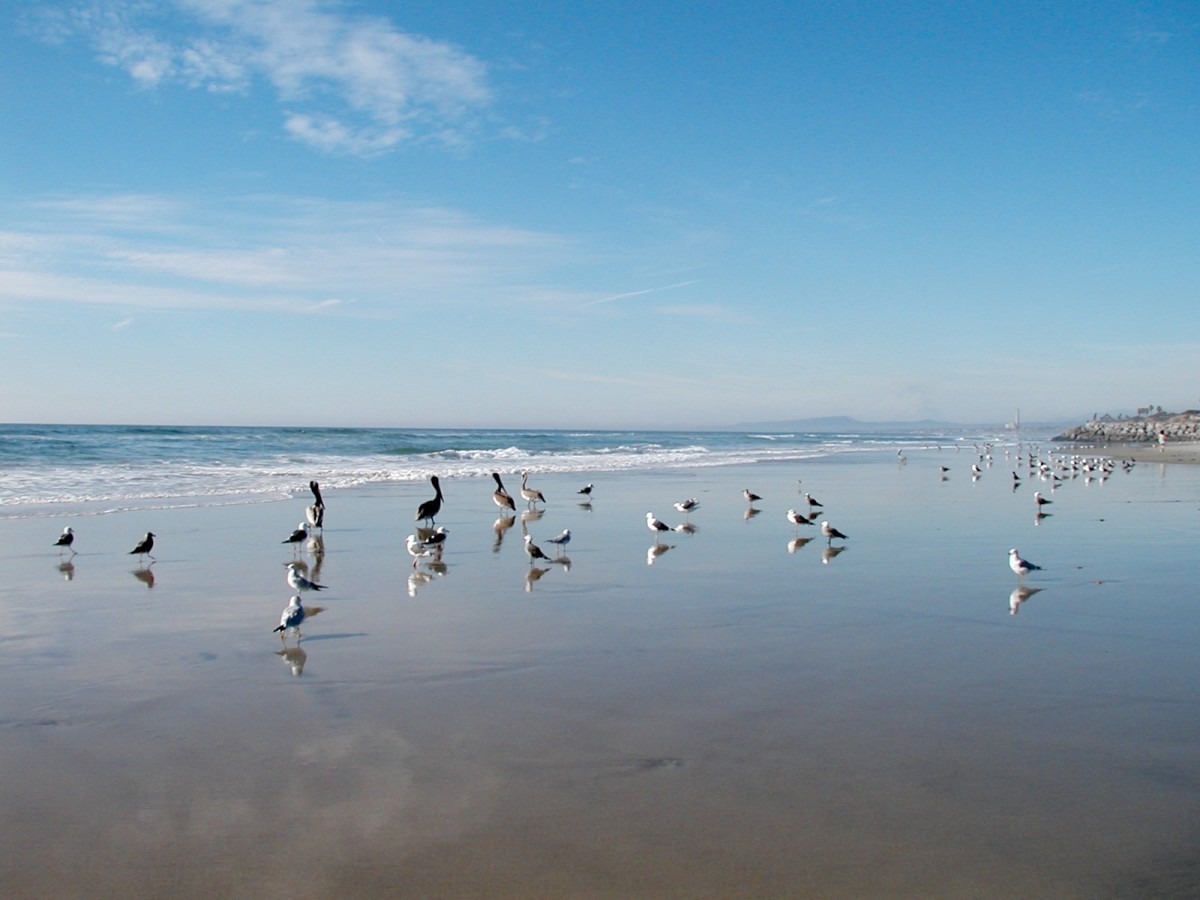Geocaching- How To Hide A Geocache
Geocaching is a high-tech treasure hunting game. People all over the world hide caches for others to find. Each cache contains at least a logbook to sign, but may also have room for items to be left in the geocache and traded. www.geocaching.com is probably the most popular site hosting geocaching information. There you can find over a million geocaches waiting to be found, if you haven't checked it out, go for it. You might be surprised how many geocaches are near you. No matter where you are in the world, there is probably a geocache close to you. But what if you are like me? As I write this, I have found 199 geocaches. There are many people that have found far more than I, but as I approached 200 caches I thought that I wanted to start giving back by hiding my own. Here are some tips to get you started hiding your own geocaches.
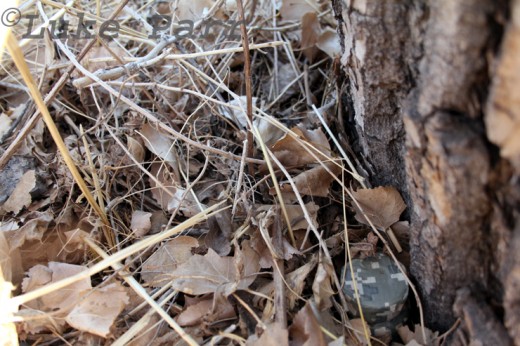
Where To Hide A Geocache
First off, if you are wanting to start hiding geocaches, I hope that you have found some already. It is a good idea to go out and find some caches on your own before you try to hide one. There is no set number of caches that you have to find before you can start hiding them, but it definitely helps to have some experience with how others have hidden them in the past.
As you find more caches you will get familiar with the rating system used to rate how well the caches are hidden and how rough the terrain is around it. You don't want to mislead those that search for your cache by using a rating that doesn't represent your hide.
There are a number of common hiding places. A 35mm film canister at the base of a metal fence post, for example. Or a "skirt lift," these are hidden at the base of light poles in parking lots. Many of these light poles have a metal box that goes over the bolts used to mount the pole. Many of these boxes, or "skirts," lift up making a quick and easy place to hide a cache in plain sight. My second geocache hide was a skirt lift.
Another advantage of having found a number of geocaches before hiding your own is getting used to seeing how others have hidden their cache in plain sight, while still making it difficult to recognize. "Muggles," the nickname for non-geocachers, might possibly steal or throw away a geocache if found by accident. They may not have any idea what it is, or why it was hidden where it is. Good geocaches are hidden so that they can be located by someone looking for it, but not so obvious that a passerby will realize something is hidden there.
Here is an excellent hub that describes different geocaching containers : How To Spot A Geocache
Choosing A Hidding Spot
When it comes down to choosing a specific hiding spot, there are a number of things to take into consideration. First off, do you have permission to hide the cache in that location? Are there a lot of people in that area that might find it by accident? What container are you going to use?
One of the most important things to consider is whether or not you have permission to hide the cache in a certain location. The last thing you want is a trespassing ticket because the cache is on private property. Many geocaches are hidden along the public right of way of roadways, also public parks, parking lots that are open to the public or along private property when permission has been obtained.
No matter where you are thinking of hiding a geocache, you will want to take into consideration the number of people in the area. The more people in the area, the better the chances that someone will see you placing the cache and come try to figure out what you are doing.
What container are you going to use? Containers can be as simple as a 35mm film container or a common Tupperware container. Or, it could be a specialized container that looks like a stick, rock or power outlet. The more people that will be around your cache, the harder it needs to be to find. You may also have to adjust the size of container to the location. A geocache in the city may have to be small, but a geocache in the middle of the woods could be very large.
Uploading Your Geocache
Once you have hidden your geocache, you will need to get the coordinates of the location. For this you will need your GPS receiver and a good signal. As close as possible to the actual geocache, mark the location using the GPSr. If your GPS has the ability, use the average feature to create a more accurate waypoint. Once you have created the waypoint, save the location.
Now, when you get home, log onto the geocaching website and click on "Hide or Seek a Cache." Select Hide a Cache and enter the coordinates to your cache. You will also want to enter a name for the cache, a description about the why you chose the location or what is around the cache. You can also put a hint for the person looking for it, in case they just can't find the geocache using the coordinates.
Once you have submitted the geocache all you have to do is wait for it to be posted on the website. I was amazed to see that the first geocache that I hid was found within an hour of it being posted on the website.
Have you hidden a geocache? Feel free to tell your own stories in the comment section below.
For some additional geocaching resources check out the following:
For more of my outdoor writing, check out my blogs:




